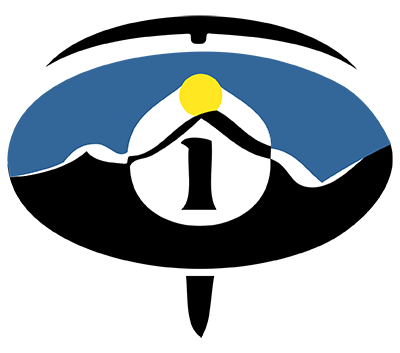Museum’s “Telluride Unearthed” lecture series starts December 1
[click "Play" to listen to Dr. Mark Varien speak about Crow Canyon] The Telluride Historical Museum, 201 West Gregory Avenue, has arranged an early holiday treat for the community. "Telluride Unearthed" is a series of lectures about way back when, when cultures lived sustainably without benefit of Al Gore, solar panels, or The New Community Coalition because, well, that was the way it was. There were no movies thousands of millennia ago either, so no popcorn with butter. But there was corn and lots of it, which is part of what archaeologist Mark Varien will talk about, when the vice president of programs at the Crow Canyon Archaeological Center, opens "Telluride Unearthed" with insights about "Life is Movement: Pueblo Indians of the Mesa Verde Region."
The Telluride Historical Museum, 201 West Gregory Avenue, has arranged an early holiday treat for the community. "Telluride Unearthed" is a series of lectures about way back when, when cultures lived sustainably without benefit of Al Gore, solar panels, or The New Community Coalition because, well, that was the way it was. There were no movies thousands of millennia ago either, so no popcorn with butter. But there was corn and lots of it, which is part of what archaeologist Mark Varien will talk about, when the vice president of programs at the Crow Canyon Archaeological Center, opens "Telluride Unearthed" with insights about "Life is Movement: Pueblo Indians of the Mesa Verde Region."
In his two-hour talk, Tuesday, December 1, 6 – 8 p.m., Mark Varien plans to trace the Pueblo culture over a period of four millennia, beginning with the introduction of corn about 2,000 BC. He ends at the end of the 13th century with the mass exodus of the Mesa Verde Pueblo people.









